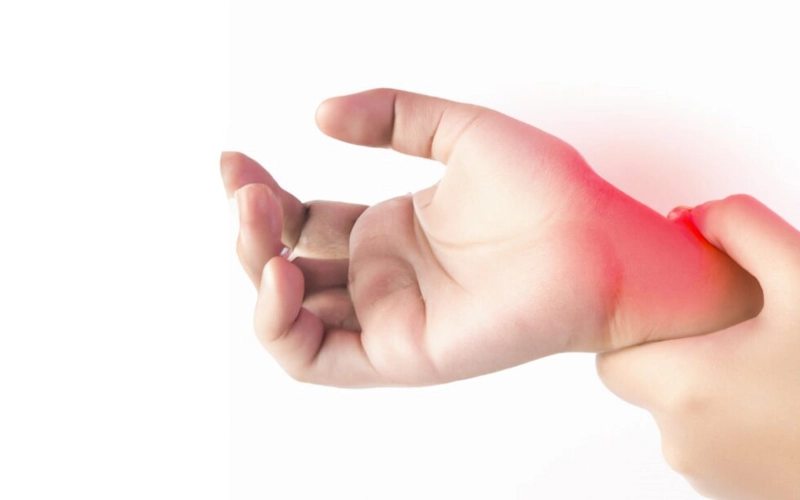Learn how to detect 5 symptoms of hand pain that may be osteoarthritis

Being able to identify symptoms of hand pain that could be related to osteoarthritis is critical, as early detection and proper treatment are key to effectively addressing this condition. Here are five symptoms that may indicate that hand pain could be due to osteoarthritis:
1 .Joint pain
One of the most common symptoms of osteoarthritis in the hands is joint pain. This pain is usually constant and worsens with activity, especially after repetitive movements or carrying objects. It can affect the joints of the fingers as well as those of the wrist and the base of the thumb.
- Morning stiffness
If you experience stiffness in your hands that lasts more than 30 minutes in the morning, it could be a symptom of osteoarthritis. This stiffness can make it difficult to move your fingers and wrists freely upon waking, and usually improves as you move and warm up your joints.
- Inflammation and swelling
Osteoarthritis can also cause swelling in the joints of your hands. If you notice that your fingers or wrists are swollen and this is associated with pain and discomfort, it is important to pay attention and seek medical attention.
- Joint Deformity
Over time, osteoarthritis can cause structural changes in the joints of the hands. This may manifest as visible deformities, such as nodules or protrusions in the finger joints, particularly in the fingertip joint (Heberden’s nodes) or in the middle finger joint (Bouchard’s nodes).
- Loss of Strength and Dexterity
Osteoarthritis in the hands can reduce the strength and dexterity of your fingers. You may experience difficulty gripping small objects or performing tasks that used to be simple, such as fastening buttons or writing.
If you have any of these symptoms on a persistent basis, it is essential that you consult a physician or rheumatologist. Early diagnosis of osteoarthritis of the hands will make it possible to initiate appropriate treatment, which may include physical therapy, pain medications, activity modifications and, in some cases, surgery. Detecting the disease in its early stages and managing it appropriately are crucial steps in maintaining quality of life and preventing joint deterioration in the hands.

